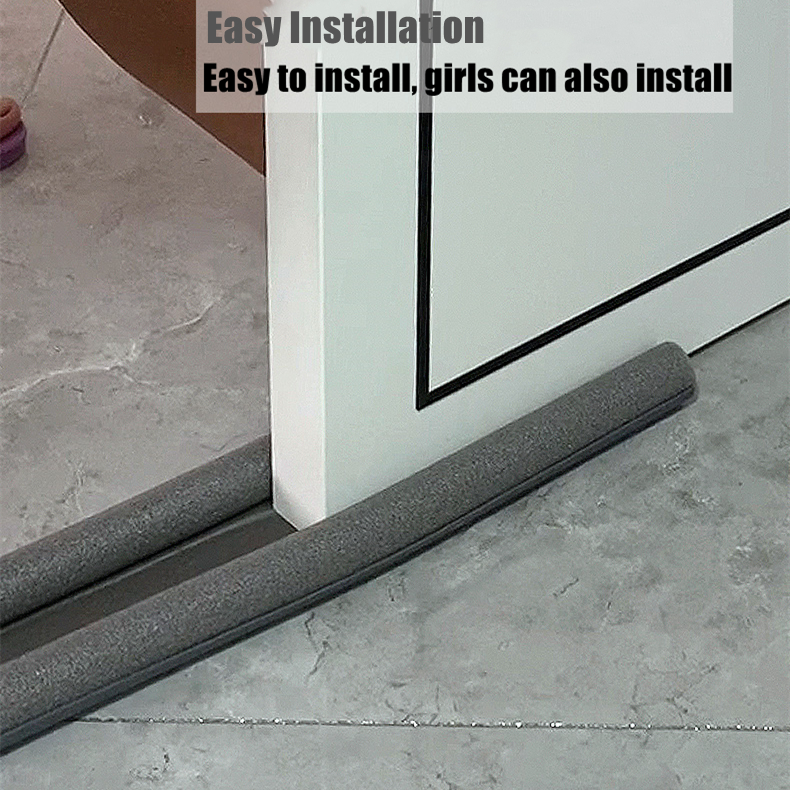Steps to Properly Install an Oven Door Seal for Optimal Performance
How to Fit an Oven Door Seal A Step-by-Step Guide
An oven door seal is a crucial component that ensures heat retention during cooking, enhances energy efficiency, and prevents smoke and odors from escaping into your kitchen. Over time, these seals can wear out or become damaged, compromising the performance of your oven. Fortunately, fitting a new oven door seal is a task that most homeowners can tackle with a little guidance. This article provides a step-by-step guide on how to fit an oven door seal effectively.
Tools and Materials Needed
Before you begin, gather the necessary tools and materials - A new oven door seal (appropriate for your oven model) - Screwdriver (if your oven requires it) - Scissors (optional, in case adjustments are needed) - Cleaning cloth - Mild soap and water solution
Step 1 Purchase the Correct Oven Door Seal
The first step in this process is to acquire the correct replacement oven door seal. Consult your oven’s manual for the specific part number or size required. Most appliance stores or online retailers carry a range of oven seals designed for various models. Ensure that the new seal matches the dimensions of your existing seal to guarantee a proper fit.
Step 2 Remove the Old Oven Door Seal
Safety first! Before you begin, unplug your oven or turn off the appropriate breaker to avoid any electrical hazards.
Next, open the oven door completely to access the seal. Depending on your oven model, the seal may be held in place by clips, adhesive, or may simply fit into a groove.
1. If the seal is clipped in Gently pull the clips away from the door to release the seal. 2. If it’s adhesive Carefully peel the old seal off the door. Use a cloth and a mild soap-water solution to clean the area, removing any residue left by the old adhesive.
Take care to examine the seal’s mounting point. Look for signs of wear or damage, as these may need to be addressed before installing the new seal.
Step 3 Clean the Seal Area
how to fit a oven door seal

With the old seal removed, it’s vital to clean the area where the new seal will be fitted. Use a cloth dampened with soapy water to scrub off any residue or grime. This will ensure that the new seal adheres properly and forms a tight fit. Allow the area to dry completely before proceeding.
Step 4 Fit the New Oven Door Seal
Once the area is clean and dry, it’s time to fit the new oven door seal.
1. Position the seal Start at one corner and work your way around. If you have a seal with clips, insert the clips into the mounting holes by pushing them until they click into place. If it’s an adhesive seal, peel back the protective layer and press it firmly into the groove.
2. Stretch where necessary Make sure the seal is not too loose or too tight; it should fit snugly against the door. If it’s too long, you can trim it carefully using scissors.
3. Check the alignment Ensure that the seal is evenly positioned around the entire perimeter of the oven door.
Step 5 Test the Seal
With the new door seal in place, close the oven door and check for any gaps. A proper seal should create a tight closure with no visible openings. To test its effectiveness, you can place a piece of paper between the door and the oven, then close the door. If you can easily pull the paper out, the seal may not be fitted correctly and may need readjustment.
Step 6 Reconnect Power and Test the Oven
After ensuring that the seal is fitted correctly, reconnect your oven to power. Preheat the oven for a few minutes to check for any heat escape. If everything appears to be in order, you’ve successfully replaced the oven door seal!
Conclusion
Fitting a new oven door seal is a relatively straightforward process that can greatly improve the efficiency of your cooking appliance. By following these steps, you can not only enhance your oven's performance but also ensure safe and enjoyable cooking experiences. Remember to periodically check the seal for wear and tear to maintain optimal oven function over time. Happy cooking!
-
Under Door Draught Stopper: Essential ProtectionNewsJul.31,2025
-
Garage Door Seal and Weatherstrips for ProtectionNewsJul.31,2025
-
Edge Banding Tape for Perfect EdgesNewsJul.31,2025
-
Table Corner Guards and Wall Corner ProtectorsNewsJul.31,2025
-
Stair Nose Edging Trim and Tile Stair SolutionsNewsJul.31,2025
-
Truck Bed Rubber Mats for Pickup BedsNewsJul.31,2025
-
Window Weather Stripping for Noise ReductionNewsJul.29,2025